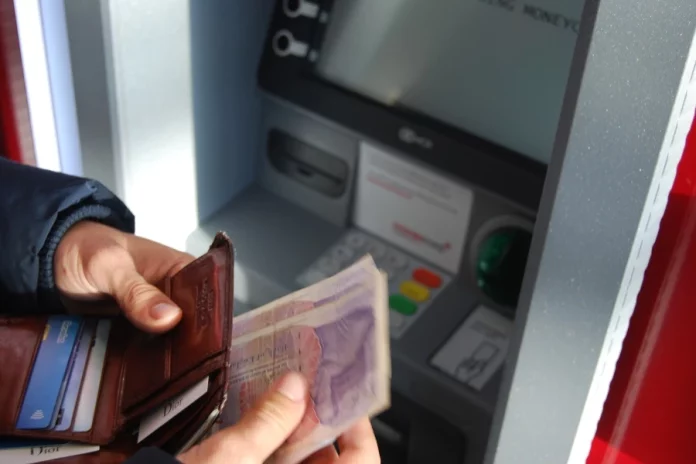The history of overdraft fees goes back a long time. The first fee of this type was implemented in 1728. The original objective was to help merchants keep their accounts from going into the red by forcing customers to pay if they were late. Unfortunately, how overdraft fees have evolved has led to banks using them as a tool to maximize their profits from their customers.
Currently, the typical overdraft fee is $35. In 2021, banks received $15 billion from customers with less than $350 in their accounts. Seventy-five percent of overdraft fees are charged to bank customers who accumulate more than 10 of these fees a year. That means that this group of people is paying around the total amount of money they have in their account in fees.
Overdraft fees are criticized by many, but banks don’t appear to have a lot of motivation to change them. Instead, you’ll likely have to be proactive and take steps on your own to avoid them or reduce their impact on your finances.
1. Opt Out of Your Overdraft Coverage
Your bank can decide whether it will cover a transaction that would put your balance in the negative or reject it. What you can do is opt out of overdraft coverage, which means your bank won’t cover a one-time charge that you don’t have enough money for. The transaction will be declined, but then the bank can’t charge an overdraft fee.
Be aware a bank can usually cover recurring debit transactions or checks without your explicit permission.
If you try to use a debit card and you have insufficient funds, again, your transaction should be denied. This won’t do much if you write a check, however, because you’ll still have to pay a nonsufficient funds fee.
2. Automate Low Balance Alerts
There are times when you genuinely might not know how much is in your account, especially if a few things recently came out of it or something hasn’t gone in yet that you’re expecting.
It’s a good idea to turn on alerts, so you receive them when your balance is low. You can typically set it up so you receive them as a text or email, and you can set the threshold for when you want to be alerted.
3. Link To A Separate Account
If you have something like a savings account at the same bank as your checking account or a line of credit, you may be able to link to it. This is an overdraft protection transfer service. If there’s not enough money to cover one of your transactions, if you’ve linked to another account, then money will be transferred automatically from that account to the one that needs to be covered.
If you are going to use this option, make sure your bank doesn’t charge a fee for the service.
4. Choose Your Bank Carefully
Not all banks are the same when it comes to fees, including overdraft fees. Increasingly, financial institutions are becoming less strict about overdraft fees if they want to attract customers. Some banks might charge a fee only if you overdraft by a certain amount, for example. Other banks might offer a grace period, so you’re only charged if you don’t add more money to your account quickly enough.
5. Add Money Fast
An overdraft fee is often $30 or more per occurrence, and there are banks that will charge you multiple times. However, if you’ve triggered an overdraft, you might be able to talk to your bank and add funds to your account quickly enough that you avoid fees.
6. Try to Get It Waived
If you are charged an overdraft fee, you may be able to talk to your bank and have them reverse it. Financial institutions tend to be pretty forgiving about these fees if it’s not the norm for you. You may manage to get a refund, but you need to call your bank as soon as you realize an overdraft fee has been posted to your account.
You can let them know what happened and provide a timeline for when you’ll get your balance in the positive.
Be polite, but if it doesn’t go well with the first person you talk to, you can ask to talk to a manager or supervisor.
Finally, if none of these options are going to work for you, a prepaid debit card may be better. That way, you put a certain amount of money into your account, and you don’t have the option to spend more than that.












